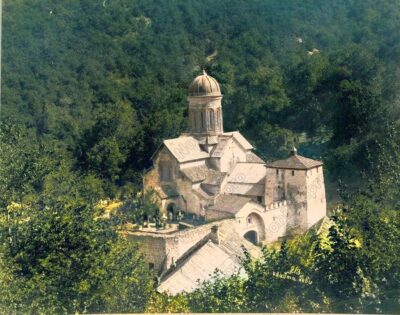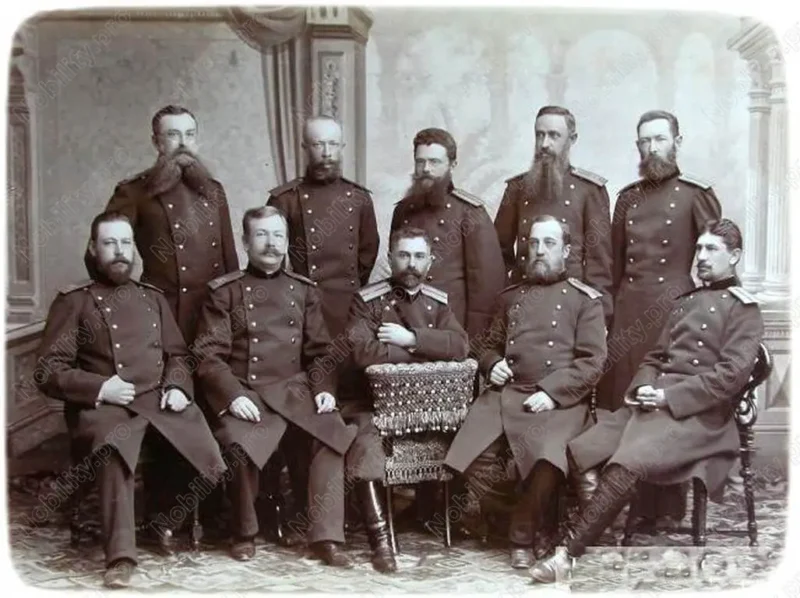Kvatakhevi Monastery is located deep in Kavtura Gorge, upstream of the river, in a proximity of Tsinarekhi Village. Several constructions have been erected here, all of different times. For instance, the tower should be of – XVII-XVIII cc., refectory and dwelling constructions obviously are of XIX c, a bell-tower was built in 1872 and the central construction of the complex – Mother of God domed church was built in XII-XIII cc – the golden era in Georgia’s history, so called Queen Tamar’s Epoch.
It is the representative sample of the whole group of the churches with so called “recorded cross” configuration. This particular one with elevated proportions and two supporting columns has got the layout that is close to square. The interior is characterized with permanent confrontation of lower and higher sections and constant row of bright illumination with the condition where light is faded almost to twilight.
General simplicity of the exterior is disturbed with the range of floristic fretwork cut on the curved surfaces of coating, coupled with large crosses, arcades used as the decorative elements and, cornice also ambossed with fretwork. The construction is crowed with a dome that rests on the barrel faced with profiled slabs and frames adorned with fretwork. The end of XIV c. is the most dramatic period in the history of the Monastery, when soldiers of Tamerlane have massacred the whole community of nuns.
Significance of the restoration of the monument carried out in 1854 is worth of mentioning. Although the sphere-shaped dome was arranged upon the barrel it turned to be absolutely incompatible to the church (the defect corrected during the second major round of restoration conducted in 1970-ies),still, all damaged sections of the coating and profiles where carefully made up with new slabs were free of fretwork – so XIX c. restorers had applied the methodology recommended by current best practices of restoration.




